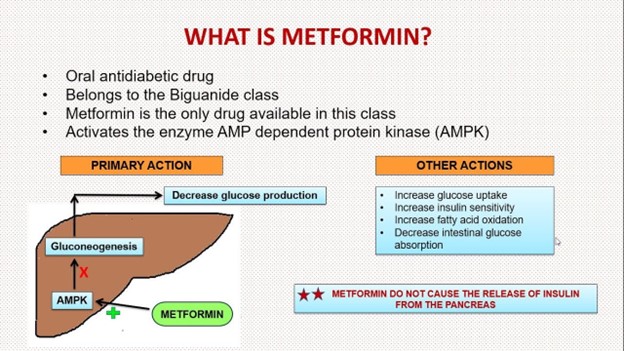A home health nurse is visiting a client who has heart failure and a prescription for furosemide. The nurse identifies that the client has gained 2.5 kg (5 lb) since the last visit 2 days ago. Which of the following actions should the nurse take first?
Determine medication adherence by the client.
Teach the client about foods low in sodium.
Encourage the client to dangle the legs while sitting in a chair.
Notify the provider of the client's weight gain.
The Correct Answer is D
A. Determine medication adherence by the client:
This choice is incorrect as the nurse should first take immediate actions to address the client's weight gain and potential exacerbation of heart failure symptoms. While medication adherence is important, it's not the first action to take in this situation.
B. Teach the client about foods low in sodium:
This choice is incorrect as educating the client about sodium intake is important for managing heart failure, but the priority in this case is to address the current weight gain and potential worsening of the client's condition.
C. Encourage the client to dangle the legs while sitting in a chair:
This choice is incorrect. Dangling the legs while sitting in a chair can help improve blood circulation in some cases, but it's not the first action to take when the client has gained a significant amount of weight since the last visit. The priority should be addressing the weight gain and its potential impact on the client's heart failure.
D. Notify the provider of the client's weight gain:
This is the correct choice. When a client with heart failure experiences a sudden weight gain, it can indicate fluid retention and worsening of their condition. Notifying the healthcare provider about the weight gain is crucial to ensure timely assessment, potential medication adjustments, and other interventions to prevent further deterioration of the client's health. Prompt communication with the provider can help prevent complications associated with heart failure.
Nursing Test Bank
Naxlex Comprehensive Predictor Exams
Related Questions
Correct Answer is A
Explanation
A. Apply a warm, moist compress.
Explanation:
A cool and edematous IV infusion site could indicate infiltration of the IV site, which occurs when the IV fluid leaks into the surrounding tissue instead of entering the bloodstream. Applying a warm, moist compress to the site can help improve blood circulation and reduce the discomfort associated with infiltration. This action can also help reduce tissue damage.
B. Slow the IV solution rate: Slowing the IV solution rate might not be effective in resolving the infiltration. It's important to address the infiltration itself rather than just adjusting the rate of infusion.
C. Initiate a new IV distal to the initial site: While starting a new IV site might be necessary if the current site cannot be salvaged, it's not the initial action to take. Applying warm, moist compresses and assessing the severity of the infiltration are appropriate steps before considering a new IV site.
D. Maintain the extremity below the level of the heart: Elevating the extremity could help reduce swelling in some cases, but it's not the primary action to take when dealing with IV infiltration.
Remember, prompt assessment and appropriate interventions are essential to prevent complications associated with IV infiltration.
Correct Answer is B
Explanation
A. Obtain the client's HDL level.
Explanation: This choice is not relevant to the situation. HDL (High-Density Lipoprotein) level is related to cholesterol levels and cardiovascular health, which is not directly affected by the administration of metformin instead of metoprolol.
B. Check the client's glucose level.
Explanation: Correct Choice. Metformin is an oral antidiabetic medication commonly used to lower blood glucose levels in individuals with type 2 diabetes. It works by improving insulin sensitivity and decreasing glucose production in the liver. Accidentally administering metformin instead of metoprolol could lead to hypoglycemia (low blood sugar) or other adverse effects related to glucose levels. Checking the client's glucose level is essential to assess and address any potential issues arising from this medication error.
C. Monitor the client's thyroid function levels.
Explanation: This choice is not directly relevant to the situation. Metformin and metoprolol do not significantly affect thyroid function levels. Thyroid function monitoring would not be the immediate concern in this scenario.
D. Collect the client's uric acid level.
Explanation: This choice is not directly relevant to the situation. Metformin and metoprolol do not have a primary impact on uric acid levels. Collecting the uric acid level would not be a priority in this context.

Whether you are a student looking to ace your exams or a practicing nurse seeking to enhance your expertise , our nursing education contents will empower you with the confidence and competence to make a difference in the lives of patients and become a respected leader in the healthcare field.
Visit Naxlex, invest in your future and unlock endless possibilities with our unparalleled nursing education contents today
Report Wrong Answer on the Current Question
Do you disagree with the answer? If yes, what is your expected answer? Explain.
Kindly be descriptive with the issue you are facing.
